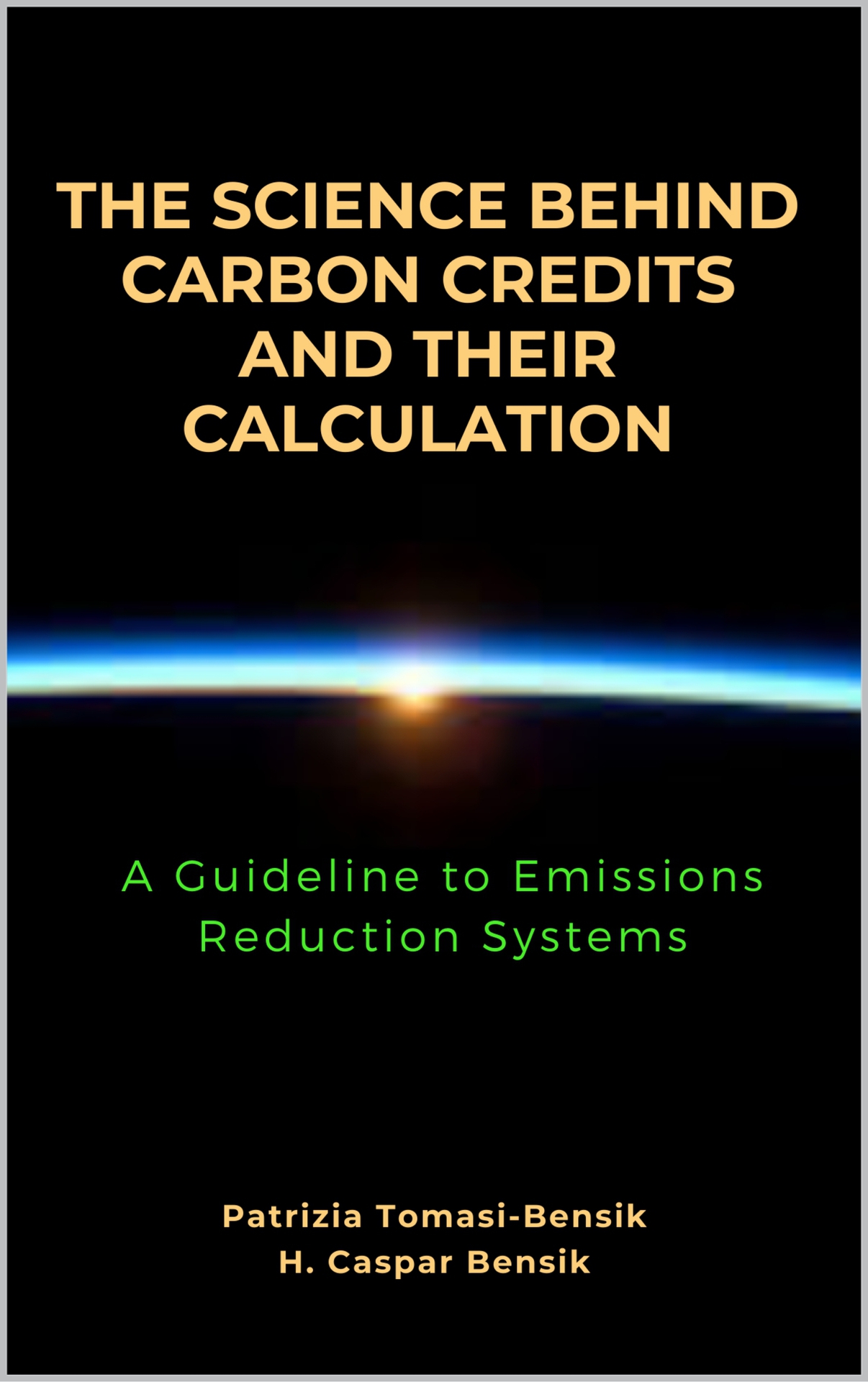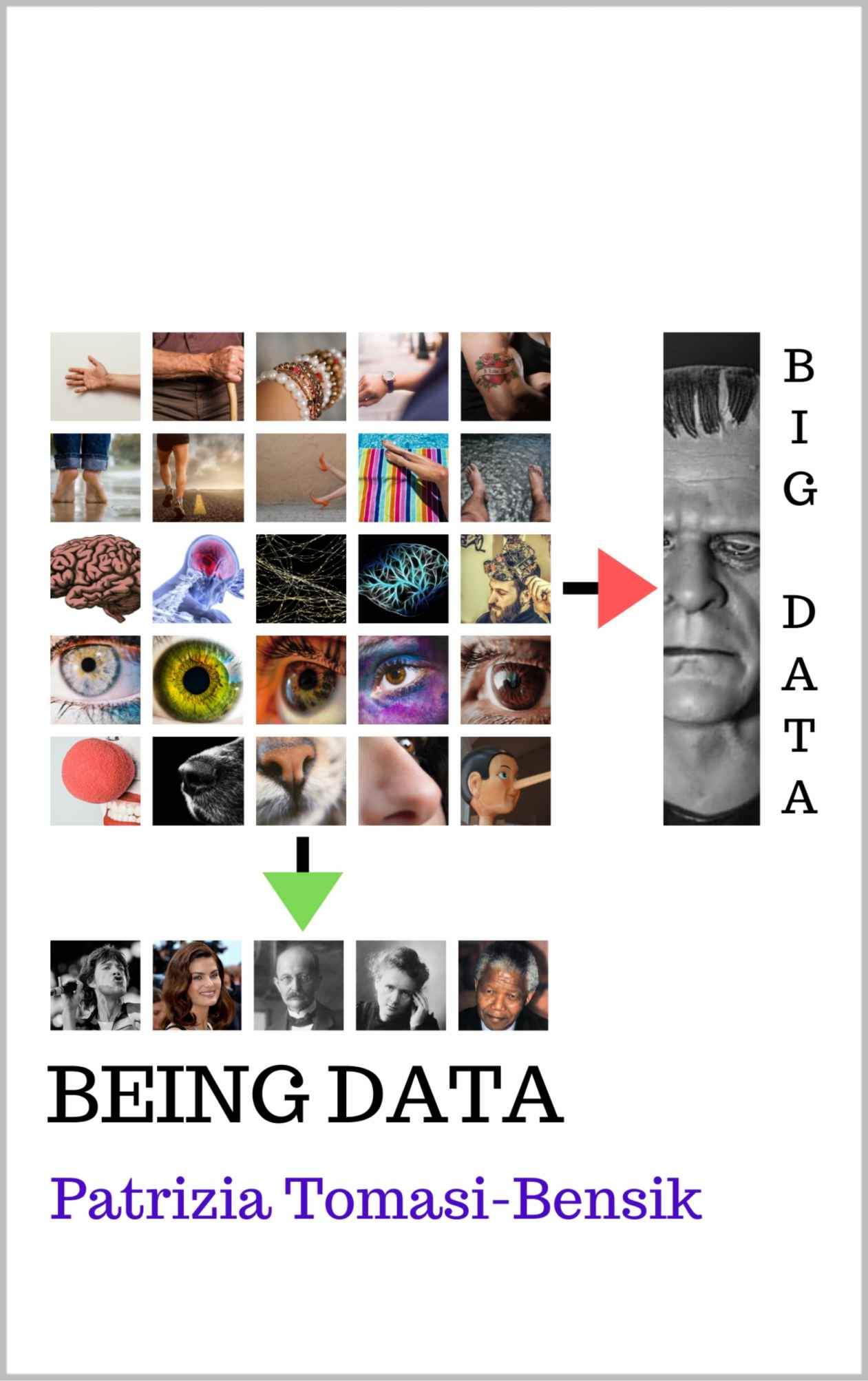Planck E PressCenter Articles
Superstrings: From Music to Quantum Mecahnics
Date published: 2023-09-13
Date modified: 2023-09-13
Reading time: 00:00:54

“Happiness is when what you think, what you say, and what you do are in harmony.
Mahatma Gandhi
The frequency of vibration determines the mass of a particle. The greater the vibration, the greater the mass.
Likewise, the electric charge and the weak and strong interactions of a particle are determined by the way the string vibrates. The strings are basically the same, but they vibrate differently.
For example, the proton is nothing more than a trio of vibrating strings, each of which corresponds to a quark.
When we listen to Chopin or Beethoven, each piece of music is a shared vibration that carries us away. Just as the three quark strings produce proton music.
When captured by measuring instruments, like particle accelerators, and bubble chambers, the proton music is translated into mass, positive electric charge, and spin.
The atom, which is a combination of protons, electrons, and neutrons, has many more instruments in its orchestra to create its music.
Recent Presscenter Articles
-
The Parametrization of Science
-
A Scientific Impossibility
-
The Unsustainable Stability of the Atom
-
The Bell-Curve and the Neutron
Planck E - Books
For further information about Planck E PressCenter, please contact us.
Divulging ingenious solutions
The mission of the Planck E PressCenter is to promote ideas, products and theories that have not yet reached the mainstream, as captured in our first release Eccentrics and their Ingenious Solutions.
Newsletter
Sign up for our weekly Planck E Newsletter, complete with the latest ingenious solutions.
Click here for the signup form.
Submit your ingenious solution
We encourage you to submit your ingenious solution, article, press release or "out of the mainstream" technical idea for publication on the Planck E PressCenter. Please send us an e-mail to presscenter@planck-e.com and enquire how.
To learn more about holistic engineering, solutions inspired by nature, monetization of diseconomies, training courses or the incorporation of Being Data to your day-to-day, please follow us on the social networks.



